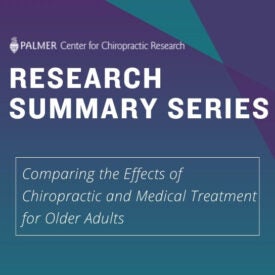Doctors and patients can be confident in recommending or choosing to receive HVLA-SM for LBP. The body of research supporting its effectiveness relative to other available treatments suggests patients have the choice of several treatment options. Future research would benefit from consistent study designs and pain measurement/reporting.
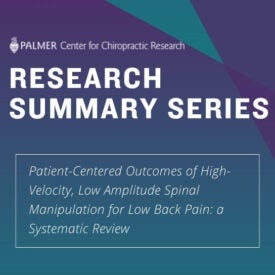
This is the only study to date that specifically evaluates “dosing” of chiropractic care for patients with low back pain. This study lays a foundation for future research in this arena. Answering questions related to finding the most effective dose for patients with specific conditions has far reaching health policy implications for providers, patients, and payers.
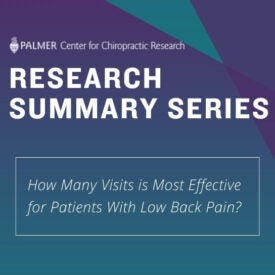
This study is arguably the most definitive to date reporting the cost of chiropractic care for people with spine-related conditions. The large, nationally representative sample strengthens the generalizability of study findings. Also, the statistical methods took into consideration the fact that people who visit a chiropractor are usually healthier than those seeking care from other provider types, a factor not often included in other chiropractic cost analysis studies.
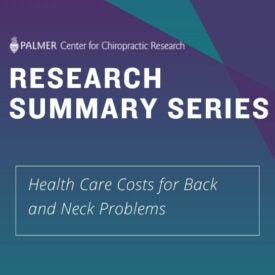
Chiropractic treatment and home exercise with professional instruction groups were both more effective at treating neck pain than prescription medication in both the short and long-term. Home exercise with educational instruction from a trained provider was the least expensive treatment.
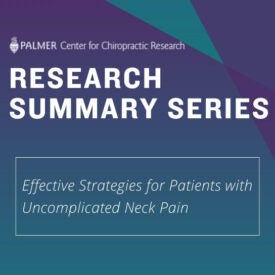
This study provides evidence that chiropractic care is beneficial for older adults in the important areas of self-rated health and daily living function. Further defining key therapeutic levels, or dose, will help us understand better the best amount of care that confers the most protective benefit from functional decline and self-rated health that accompanies chiropractic care for these individuals.
